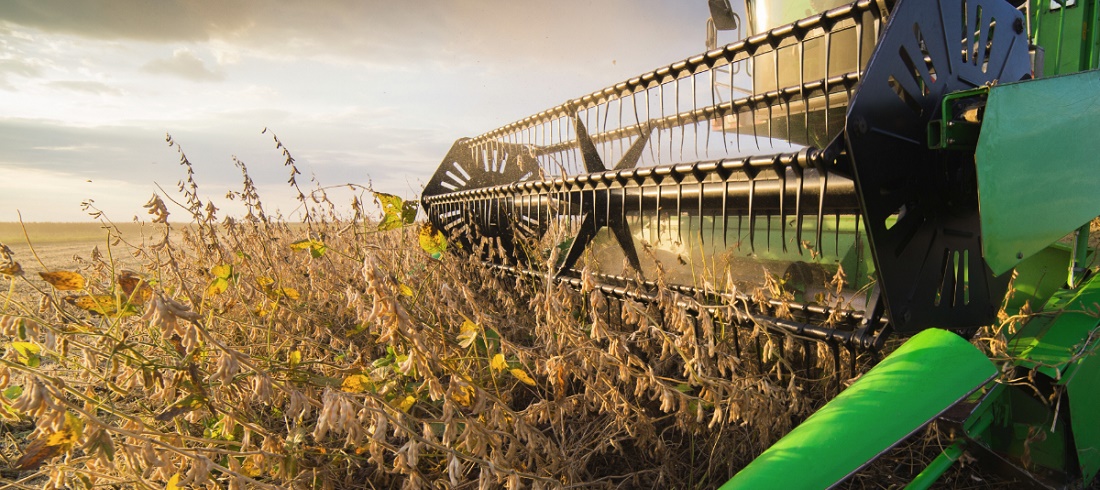U.S. farmers facing supply-chain bottlenecks and a surging dollar are losing their competitive edge in the global market for soybeans to their biggest rival: Brazil.

Brazil infrastructure upgrades close supply-chain gap in soybean exports
Sep, 16, 2022 Posted by Gabriel MalheirosWeek 202237
In many of the years through 2020, it was about twice as expensive for China — the top importer — to ship Brazilian rather than American soybeans. But logistics issues in the U.S., upgrades of the South American country’s ports and supply infrastructure, and a strong dollar have almost eliminated that gap, U.S. Department of Agriculture data show.
It now costs roughly the same for a Chinese buyer to transport a ton of soybeans from Brazil’s biggest-growing state of Mato Grosso as it does from No. 2 U.S. producer, Iowa.
While the U.S. — which vies with Brazil as the world’s biggest soybean producer — races to remedy pandemic-era transport backlogs and kicks off a multi-billion-dollar plan to upgrade cranky infrastructure, Brazil is already starting to reap the fruits of more than 290 billion reais ($56.1 billion) the federal government has invested in roads and maritime gateways since 2008.
See below the track record of the volume of soybeans (HS 1201) exported by Brazil from January 2021 to July 2022. The data is from DataLiner.
Brazilian exports of soybeans | Jan 2021 – Jul 2022 | WTMT
Time is of the essence for the U.S., which lost about $10 billion in agricultural exports because of the pandemic-era supply-chain disruptions, according to an April paper by University of California at Davis professor Colin Carter, together with University of Connecticut assistant professor Sandro Steinbach, and doctoral student Xiting Zhuang.
Brazil, meanwhile, is seeing dividends from its investment — the revamp of the so-called Northern Arc of ports along the Amazon River and northeastern Atlantic Ocean coast has slashed two days and 1,000 miles off the time and distance taken to get crops from midwestern farms to a ship — about half of what it was before.
Down south at Brazil’s busiest port — Santos — authorities are investing hundreds of millions of dollars to upgrade total capacity by about half to 240 million tons annually in 2040, while the total amount of cargo moved by train will almost double to 86 million tons per year, said Bruno Stupello, the business development director at the gateway.
To be sure, the U.S. federal infrastructure package passed in 2021 has promised big logistics investments, including $17 billion for ports and tens of billions more for rail and roads. At the same time, the country’s maritime hubs and their tenants plan to invest almost $33 billion annually by 2025.
While the U.S. has supply- chain snarls to tackle, it remains an easier place to move products to ports relative to Brazil, Steenhoek of the Soy Transportation Coalition said.
And even with all the investment, only time will tell if Brazil will establish itself as a cheaper option, said Joana Colussi, an agricultural researcher at the University of Illinois in Urbana- Champaign.
“Despite recent advances, logistical challenges are likely to persist in Brazil in the coming years because of infrastructure deficits,” she said.
Source: Iowa Farmer Today with info from Bloomberg News
To read the full original article, please go to: https://www.agupdate.com/iowafarmertoday/news/state-and-regional/brazil-infrastructure-upgrades-close-logistics-gap-in-soybean-exports/article_56367946-344f-11ed-b11a-d726542a00ef.html
-
Grains
Mar, 11, 2019
0
Argentine soymeal factories take the brunt of trade war and taxes
-
Grains
Dec, 13, 2022
0
Brazil to ship 1.737 mln tonnes of soybeans in December
-
Ports and Terminals
Jun, 18, 2019
0
Porto do Pecém hits record in May
-
Ports and Terminals
Jun, 04, 2021
0
“Maritime toll”: Port explains tariff in case of Galheta Canal concession


